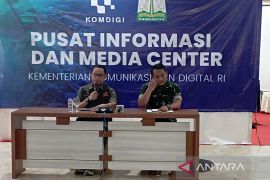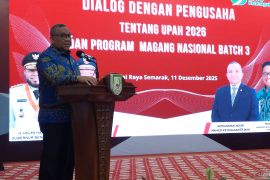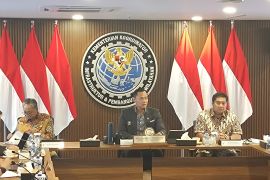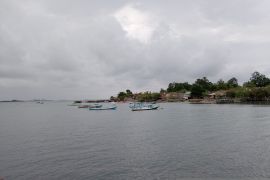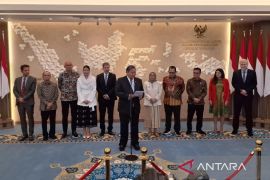"Several regions which were hit by floods and landslides are located on river banks and hilly areas including Galala, Batu Merah, Ambon Police Field, Alfatta Mosque, Diponegoro Street, Baru Street and Soa Bali," said Chief of Information and Public Relations of the National Disaster Mitigation Agency (BNPB), Sutopo Purwo Nugroho, here on Tuesday.
The disaster also injured ten people and destroyed at least 31 residences in Ambon.
Nugroho added landslides also occurred in Kebon Cengkeh Street to Brimob hostel and Moa-Moa River to Negeri Lima region which were also hit by flash floods last year.
According to him, the preliminary data of the Military District Command 1504/Ambon the casualties consist of two persons who died in Ahuru, one person in Galunggung, two persons Batu Gajah, a person in Eri and two persons died in Tanah Tinggi.
Meanwhile, five persons who were missing were from Ahuru and Batu Gajah, and three others from Batu Meja.
The BNPB stated disasters also claimed property losses such as eight houses that had been carried away by the flood and another one buried while other 30 residences had been damaged.
"The BNPB and the Regional Disaster Mitigation Agency (BPBD) personnel as well as the police, the military, the Search and Rescue Agency, and Indonesian Red Cross officers have taken emergency efforts to secure the people. They are still searching the missing people and conduct data collection," Nugroho said.
He said the Maluku area has a local season which is not affected by monsoon wind from Australia and Asia so it has the same rain season like other Indonesia regions from November to April.
"The rainy season in Maluku is affected by the Sea Surface Temperature (SST) or sea surface temperatures in the Maluku waters. Currently the SST is two degrees Celsius above the normal level. While the peak of rainfall in Maluku is on July to August," said Nugroho.
He added the season of disasters in Maluku and North Maluku provinces are different from that of other regions in Indonesia.
Editor: Suryanto
Copyright © ANTARA 2013


